Wisdom Tooth Pain

What Is Wisdom Tooth Pain?
Wisdom tooth pain is a common dental issue that many people experience at some point in their lives. Wisdom teeth, also known as third molars, are the last set of teeth to emerge in the back of the mouth, typically between the ages of 17 and 25. While some people have enough space in their mouth to accommodate these new teeth, others may experience discomfort and pain as the wisdom teeth have difficulty pushing through the gums.
If you are experiencing a throbbing or irritating pain coming from the back of the mouth and you have not had your wisdom teeth removed, you might be experiencing wisdom teeth pain. Before you contact a Toronto dentist to examine your wisdom teeth, there are some things you should know as a patient:
- Causes For Wisdom Tooth Pain
- Signs and Symptoms of Wisdom Tooth Pain
- Treatment Options For Wisdom Tooth Pain
- Managing Wisdom Tooth Pain Until You Can See The Dentist
- Frequently Asked Questions About Wisdom Tooth Pain
If you have questions about Wisdom Tooth Pain or other dental problems, please contact us for more information.
Causes For Wisdom Tooth Pain
There are several reasons why you may experience wisdom tooth pain:
- Impacted Wisdom Teeth: If your wisdom teeth don’t have enough space to emerge, they may become impacted, partially erupting and causing pain.
- Gum Infection (Pericoronitis): Partially erupted teeth can create gum flaps that trap food and bacteria, leading to painful infections.
- Cavity or Decay: Due to their location, wisdom teeth are harder to clean and more prone to cavities.
- Pressure or Crowding: As wisdom teeth try to emerge, they may push against other teeth, causing discomfort.
If you are experiencing pain or discomfort in your mouth, it’s best to schedule an appointment with your dentist to determine the cause and appropriate treatment. For further inquires about Wisdom Tooth Pain, please contact us.
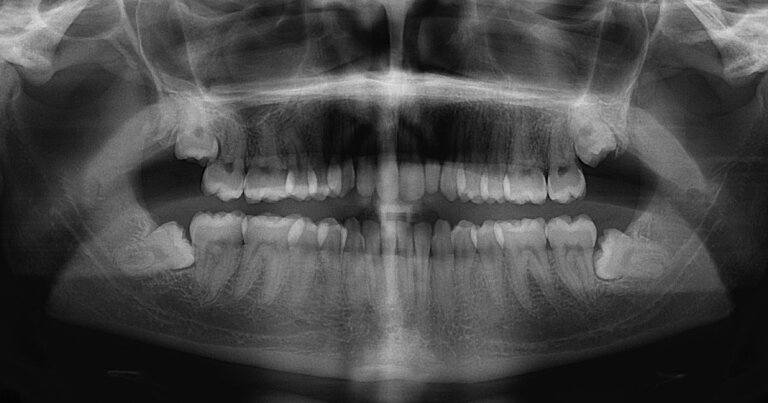
Signs and Symptoms of Wisdom Tooth Pain
If you’re experiencing pain or discomfort in the back of your mouth, you may have wisdom tooth pain. Here are some signs and symptoms to look out for:
- Tooth Pain coming from the back of the mouth: Pain or discomfort at the back of your mouth near the affected tooth.
- Gum Swelling: Inflammation around the wisdom tooth.
- Bleeding Gums: Tender gums that bleed when brushing or flossing.
- Bad Breath: Bacteria accumulation around the tooth can lead to a foul smell.
- Limited Jaw Mobility: Difficulty opening your mouth due to swelling.
- Tender Lymph Nodes: If you notice there are swollen lumps around your head and neck that are painful to touch, these are inflamed lymph nodes as a result of bacterial infection, possibly originating from an infected wisdom tooth.
- Pus Or Bad Taste In The Mouth: If you notice there is a yellow or green coloured exudate coming from the back of the mouth that has a foul taste, this could be pus or an infection around the wisdom tooth.
- Fever: In some cases, prolonged and unaddressed wisdom teeth infection can lead to systemic infection (body temperature over 38 degrees Celsius).
Early diagnosis and treatment can prevent further complications and alleviate your pain. If you have further questions about signs and symptoms related to Wisdom Tooth Pain, please contact us.
Treatment Options for Wisdom Tooth Pain
If you suspect wisdom tooth pain, consult your dentist promptly. A dentist may recommend:
- X-Rays: To evaluate the position and health of your wisdom teeth.
- Antibiotics: To treat infections before surgery.
- Wisdom Tooth Extraction: The most common and effective solution to resolve wisdom tooth issues.
At Atlas Dental in Toronto, we provide same-day wisdom tooth removal with oral sedation for a comfortable experience. If you have further questions about Wisdom Tooth Pain treatment options, please contact us.
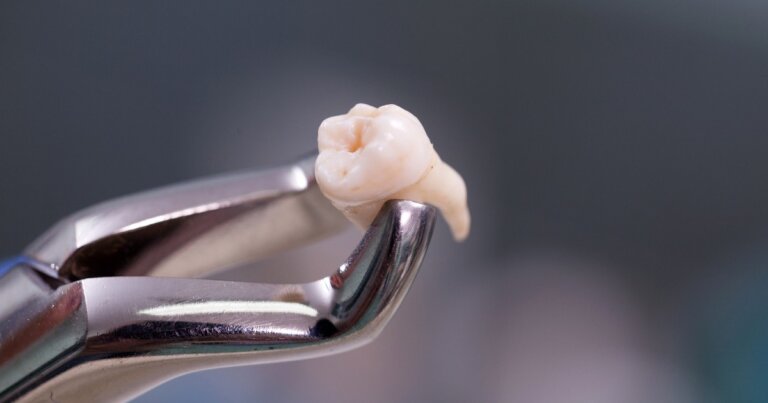
Managing Wisdom Tooth Pain Until You Can See the Dentist
If you can’t see a dentist right away, try these temporary pain relief measures:
- Over-the-Counter Pain Relievers: Ibuprofen or acetaminophen can reduce inflammation and pain. Follow dosage instructions carefully.
- Saltwater Rinse: Mix a teaspoon of salt in warm water and swish to soothe inflamed gums.
- Cold Compress: Apply an ice pack wrapped in a cloth to your cheek for 15–20 minutes.
- Soft Diet: Stick to soft foods like yogurt, mashed potatoes, or soup to avoid irritating the area.
Remember, these methods are temporary. Persistent symptoms require professional care. If you have further questions about Wisdom Tooth Pain management and treatment options, please contact us.
Frequently Asked Questions About Wisdom Tooth Pain
- How do I know if my wisdom teeth are impacted?
Impacted wisdom teeth often cause swelling, pain at the back of your mouth, and difficulty opening your jaw. An panoramic x-ray can confirm the diagnosis.
- Can wisdom tooth pain go away on its own?
While mild discomfort may subside temporarily, most wisdom tooth pain persists or worsens without treatment. Consult your dentist for a proper diagnosis.
- Is it always necessary to remove wisdom teeth?
Not always. If your wisdom teeth are healthy, fully erupted, and don’t cause pain or crowding, they may not need extraction.
- What happens if I ignore wisdom tooth pain?
Ignoring wisdom tooth pain can lead to serious complications like infections, cysts, or damage to neighboring teeth. Prompt dental care is essential.
If you’re experiencing wisdom tooth pain or have questions about treatment, contact us at Atlas Dental in Toronto. Our team is here to help you achieve lasting relief and maintain excellent oral health.
We also think you’ll like…
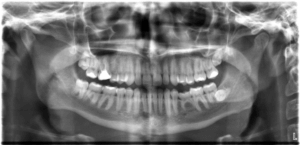
Panoramic X-Ray
Panoramic X-Ray What Is A Panoramic X-Ray Scan? A Panoramic X-Ray scan, also known as a Panoramic radiograph or orthopantomogram (OPG), is a specialized 2D
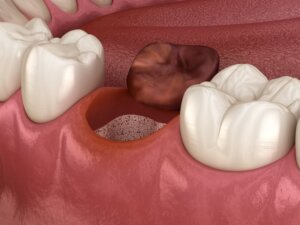
Dry Socket: Symptoms, Causes, Prevention & Treatment
Dry Socket: Symptoms, Causes, Prevention & Treatment What Is A Dry Socket? Dry socket, also known as alveolar osteitis, is a painful complication that can
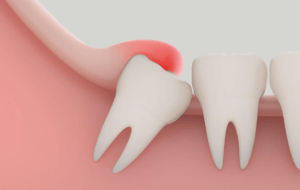
Wisdom Tooth Infection
Wisdom Tooth Infection What Is A Wisdom Tooth Infection? Wisdom teeth, also known as third molars, are the last set of teeth to emerge, usually

Dental Pain Medication
Dental Pain Medication What Is Dental Pain Medication? Dental pain can be disruptive and overwhelming, turning even simple daily tasks into challenges. For those experiencing
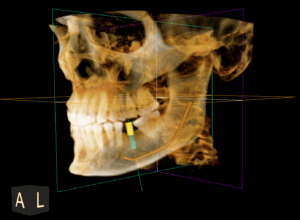
CBCT Scan
CBCT Scan What Is A CBCT Scan? A Cone Beam Computed Tomography (CBCT) scan is a non-invasive imaging technique that produces highly detailed 3D images
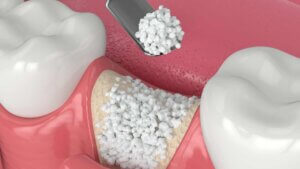
Dental Bone Graft
Dental Bone Graft What Is Dental Bone Graft? Dental bone grafting is a cutting-edge procedure aimed at restoring and strengthening the jawbone, creating a solid

